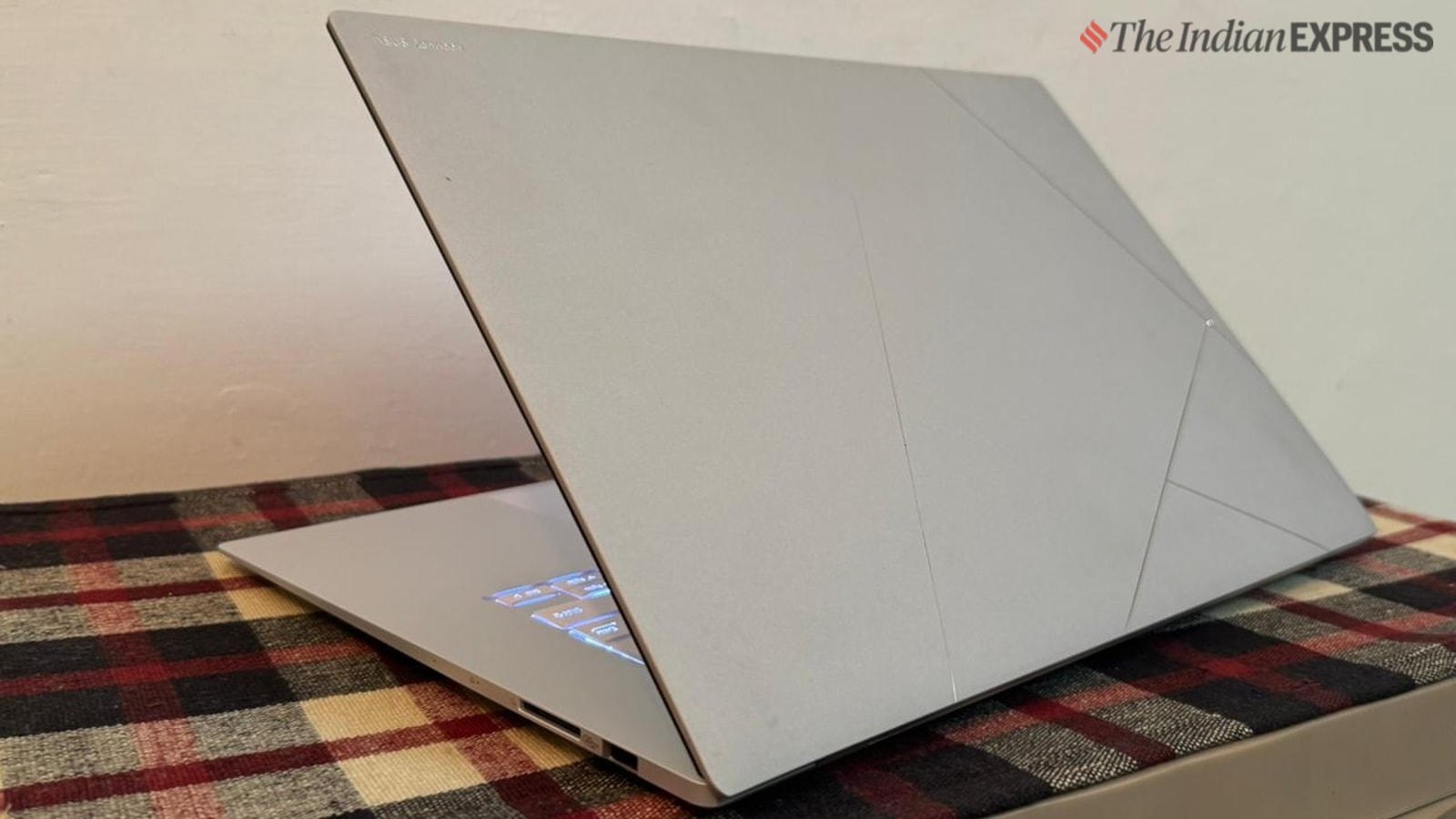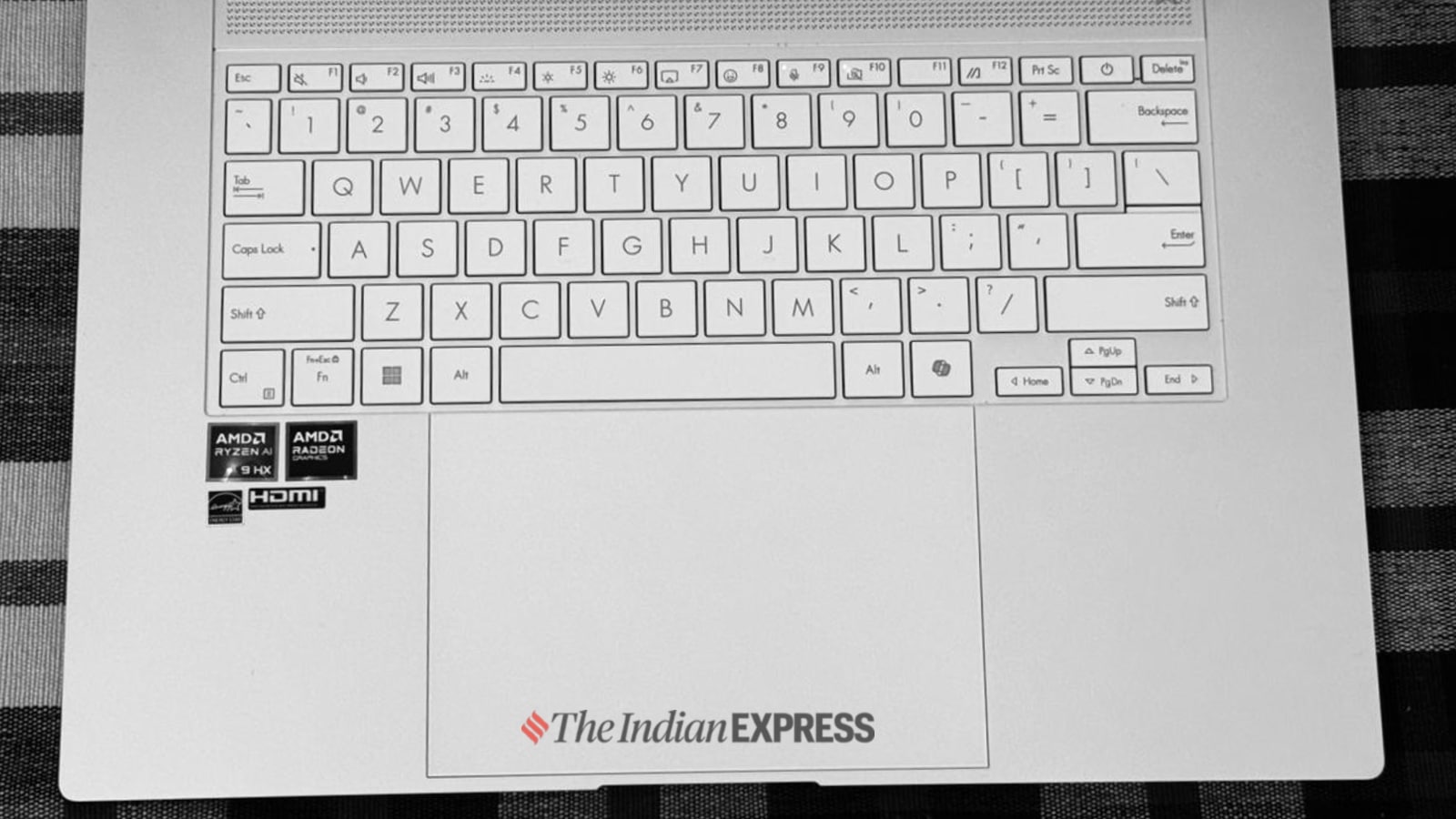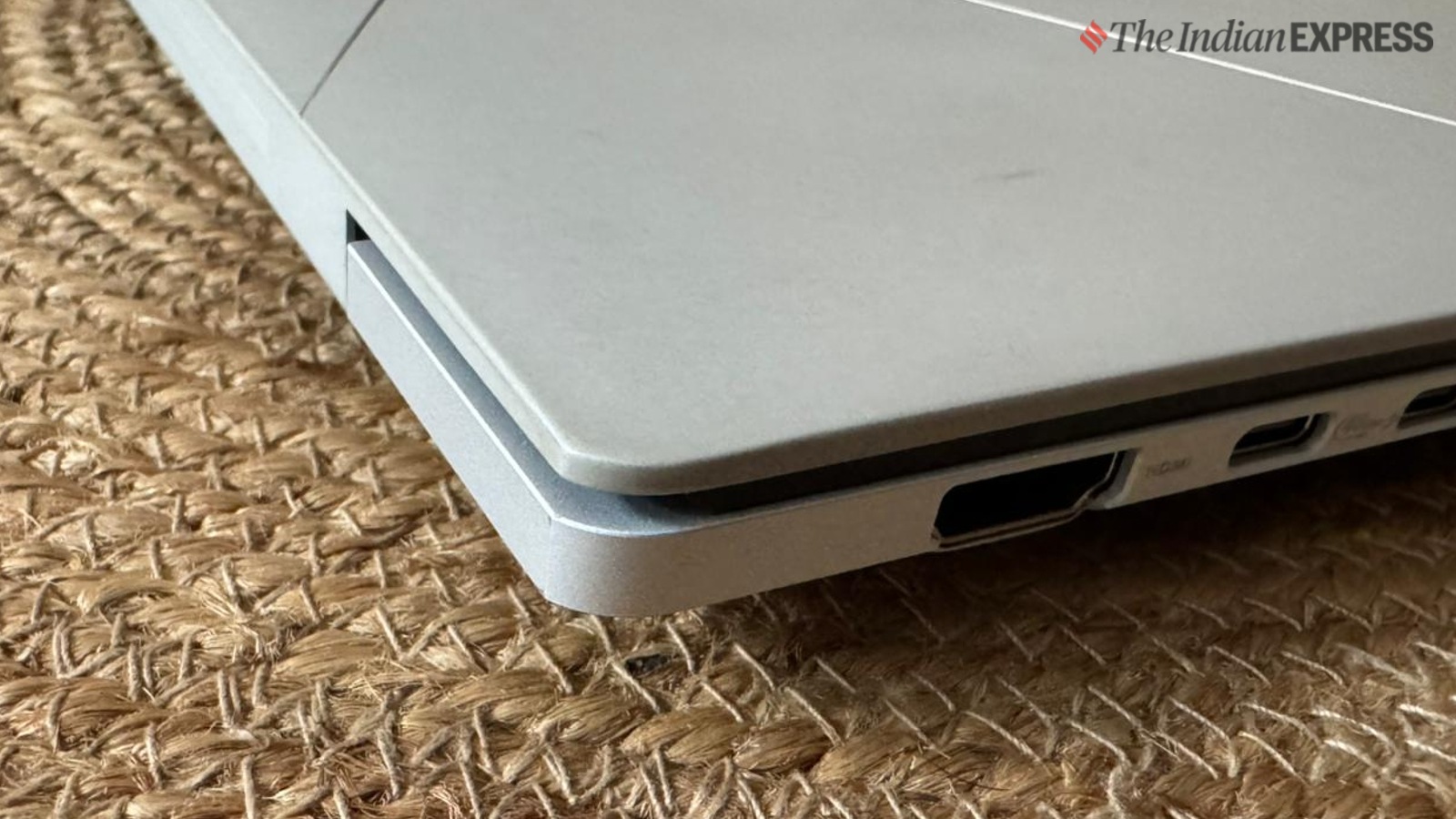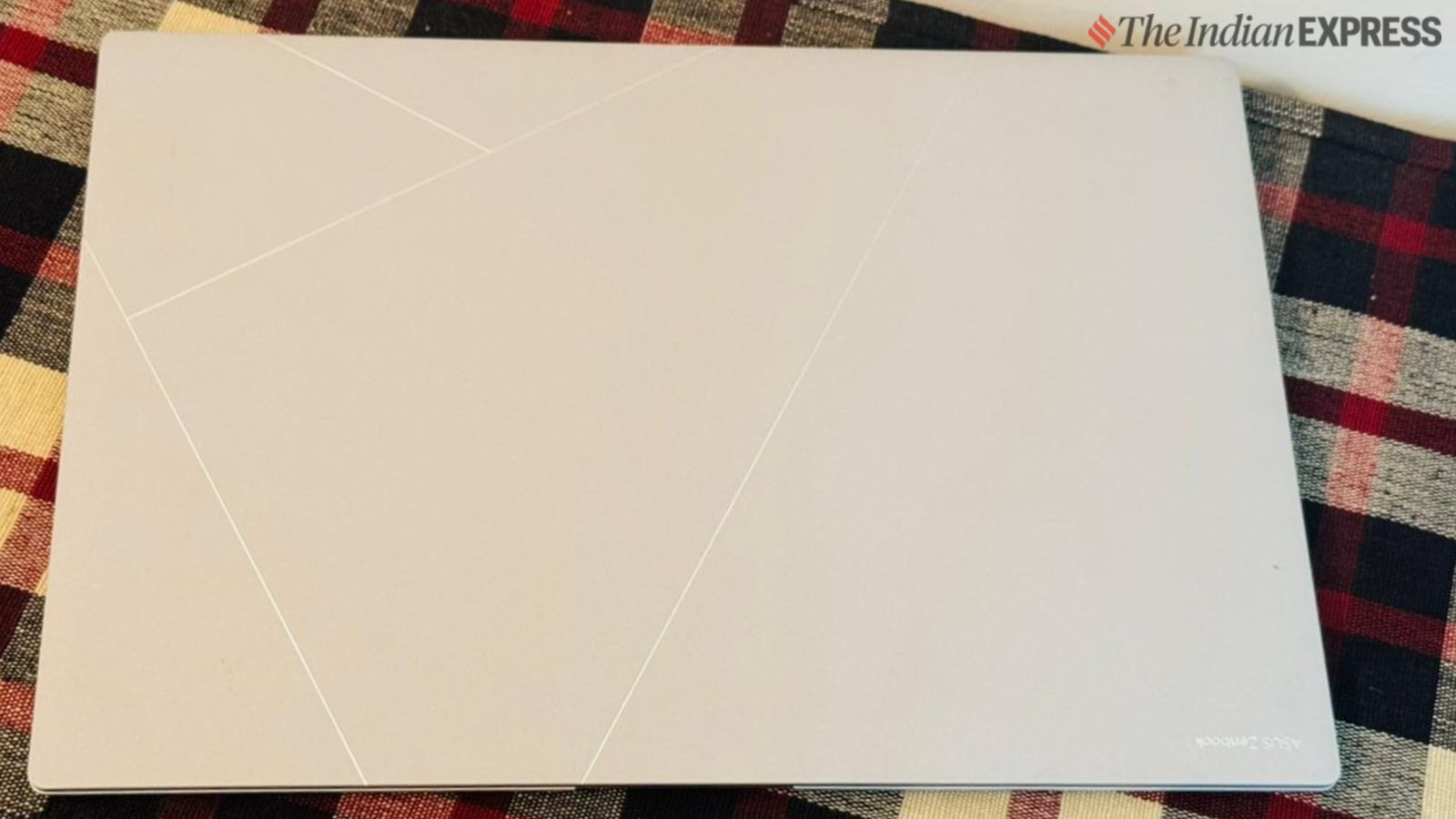Asus ZenBook S16 (AMD Ryzen AI, 2024) review

I am a die-hard fan of thin-and-light notebooks — as a frequent traveller, I prefer to carry the lightest notebook that combines power, long battery life, and form, and the one that I can trust. The MacBook Air has been my go-to everyday laptop because it caters to my needs, and I’m sure it also does for others.
I didn’t want to consider other options — perhaps due to loyalty — until AMD approached me to review the new Asus ZenBook S 16, one of the first laptops to feature the flagship Ryzen AI processor. Moreover, AMD’s claim that the ZenBook S 16 is as thin and light as the MacBook Air (review) changed my mind. It is a 16-inch laptop that looks beautiful, is slim and light, and has a gorgeous OLED display with an insanely fast processor.
I was a little puzzled at first, but I decided to give it a try. After using the device for a few days, here’s my review.
Testing the ZenBook S 16 with the faster Ryzen AI 9 HX 370
I did not feel the notebook get warm or hot, as is typically the case with Intel-powered notebooks. (Image credit: Anuj Bhatia/Indian Express)
I tested the ZenBook S 16 with 32 GB of memory and the Ryzen AI 9 HX 370 chip. It also features a 2880×1800 (3K) touchscreen OLED display with a 120 Hz refresh rate, a large 78Wh battery, a 1 TB SSD, and a built-in AMD Radeon 890 M GPU. As of now, Asus has yet to launch the ZenBook S 16 with AMD’s latest Ryzen AI processor in India, so I don’t have concrete information on the release date or pricing. Internationally, the model I tested retails for $1700 (or approximately Rs 1,42,722).
I had six questions before switching to the ZenBook S 16
* Is it too big?
* How good is the display?
* Can I type for long hours on the keyboard?
* What’s the battery life like?
* Is it possible to run games on it?
* Will I be able to run legacy programmes?
Damn, it’s lightweight and gorgeous
 The geometric lines on the top of the lid give the notebook a sci-fi feel. (Image credit: Anuj Bhatia/Indian Express)
The geometric lines on the top of the lid give the notebook a sci-fi feel. (Image credit: Anuj Bhatia/Indian Express)
For the longest time, Apple’s MacBook Air was considered lightweight, setting a new benchmark for portable notebooks. But I was stunned by the ZenBook S 16. At 1.5 kilograms and measuring 13.92 x 9.57 x 0.47 to 0.51 inches, the ZenBook S16 is as slim and lightweight as the 15-inch MacBook Air. Mind you, this is a 16-inch Windows notebook with a large battery and a powerful processor.
It’s an achievement to fit so much power and capability into a notebook this slim and lightweight. My backpack immediately felt lighter, and I couldn’t believe there was a 16-inch notebook inside. I worked at my desk and sat on the couch, and I didn’t feel like I was using a 16-inch laptop. It’s much lighter than you might think. You won’t struggle to place it on a coffee table or a desk at a co-working space.
Story continues below this ad
Not only did the company make the S16 lighter and thinner than ever, but its design is also uncommon and unique, though subtly so. It looks very different from the MacBook Air or Dell XPS—the two laptops most people are familiar with in the premium segment. Just look at the ZenBook S 16. I’m told this notebook is made from Ceramic-Ceraluminum, which is essentially a mixture of aluminium and ceramic, providing a smooth texture similar to that of porcelain products. The geometric lines on the top of the lid give the notebook a sci-fi feel. I could imagine a geeky scientist with big glasses using the ZenBook S16. Its build is premium, and the design strikes a balance between edgy and professional-looking, with a thin lid and a deck that shows minimal flex.
The port selection on the 16-inch ZenBook S 16 is similarly well thought out. On the left side, you’ll find an HDMI port, two Thunderbolt 4 ports, and a headphone jack, while the right side offers one USB Type-A port and a full SD card slot. The HDMI port is a nice addition, and so is the SD card slot, especially if you are a YouTuber, content creator, or photographer using a professional camera.
A 16-inch OLED display is great for consuming media and presentations
 The OLED display is fantastic for consuming media. (Image credit: Anuj Bhatia/Indian Express)
The OLED display is fantastic for consuming media. (Image credit: Anuj Bhatia/Indian Express)
The display is beautiful. It’s a 3 K, 120 Hz OLED screen, and it’s very close to viewing printed text on a physical page — it’s that good. The OLED screen draws you in with its thinner bezels, higher refresh rate, and punchy colours. I finished watching the last season of Emily in Paris, and the colours appeared to pop even more.
While some people might use their computers primarily for media consumption, I use mine for productivity tasks more than anything else. I wear glasses and often have difficulty reading small text, but thankfully, the display on the ZenBook S16 not only offers vivid colours but also feels less tiring on my eyes at the end of the day. That’s great news for me. I was equally impressed by the speakers—they get very loud. I could hear the dialogue clearly, and the sound was clean.
Story continues below this ad
Almost perfect keyboard and trackpad
 The keys themselves have a very short travel. (Image credit: Anuj Bhatia/Indian Express)
The keys themselves have a very short travel. (Image credit: Anuj Bhatia/Indian Express)
Some may not give much consideration to a keyboard, but I beg to differ. As a writer who writes a lot, almost every day, you could call me a purist. I test all varieties of keyboards — standalone, laptop keyboards, you name it.
The keyboard on the ZenBook S 16 isn’t my favourite (I prefer the keyboards on a MacBook and a Surface Pro), but I’d still rate it highly among all the laptop keyboards I’ve tested in recent months. The keys are spaced out nicely, and they feel comfortable to type on, though not as natural as I’d prefer. Meanwhile, the trackpad’s size on this laptop is surprisingly large. It’s smooth and offers distinct left and right clicks.
AMD silicon keeps the momentum despite heavy competition
 In real-world usage, this laptop feels quick and responsive. (Image credit: Anuj Bhatia/Indian Express)
In real-world usage, this laptop feels quick and responsive. (Image credit: Anuj Bhatia/Indian Express)
What sets this laptop apart is the new Ryzen AI 9 HX 370 chip. And I mean it. The competition in the silicon space is cutthroat, and while consumers now have options to choose notebooks running ARM-based PC chips from Apple and Qualcomm, AMD maintains its strength, rivalling its closest competitor, Intel, with its legacy PC architecture. Throughout my tests, I saw performance gains over previous-generation AMD processors, and these gains were evident in whatever tasks I undertook.
Simple computing tasks like running multiple Chrome tabs, writing and filing stories, and streaming music were faster, as you would expect from a newer processor. However, I found the new Ryzen chip to be slightly more powerful for tasks relevant to creators, such as photo and video editing, playing games, and running pro-grade apps. There was no noticeable load time. I ran multiple programmes in the background, edited a short video in 4K, and had 35 Chrome tabs open while editing documents on Google Docs. It just worked.
Story continues below this ad
I did not feel the notebook get warm or hot, as is typically the case with Intel-powered notebooks. The fan kicks in only occasionally, and the processor stays cool. Whether the laptop is plugged in or unplugged, you get similar performance. AMD’s new Ryzen chip is extremely powerful and is much more efficient. For me, though, where AMD’s chip which is based on the x86 Windows platform has a lead over a Qualcomm Snapdragon X Elite and Apple M3 Silicon, for matter, is access to legacy programmes and applications designed for Windows operating systems. Gaming is another area where AMD’s chip has a lead over the competition, though I’d say the GPU isn’t powerful enough to run all AAA games smoothly (Cyberpunk 2077, for example) on the Asus ZenBook S16.
Good battery life, but MacBook Air leads
The ZenBook S 16’s 78Wh battery can last between 9 and 10 hours, based on my tests. While this isn’t exceptional and likely won’t beat the MacBook Air M3, which can easily exceed 15 hours, it is still quite decent. To be clear, I used the ZenBook S16 for productivity work almost every day with the notebook unplugged. I’m sure a Snapdragon-powered notebook might offer slightly longer battery life; however, the trade-off is that you can’t edit heavy videos or play games on it. Regardless, the battery performance of the ZenBook S16 is significantly better than most Intel-powered laptops.
Observations
* The battery estimation on the ZenBook S 16 fluctuates. After several days of use, I struggled to gauge how much battery was left.
* In ideal lighting situations, the 1080 p camera (supports Windows Hello) on the ZenBook S16 showed minimal grain, and the colours appeared reasonably accurate.
* The bundled stylus is a nice addition.
Story continues below this ad
The AI stuff is meh
AMD, like others, has been marketing their new laptops as designed for artificial intelligence because the Neural Processing Unit (NPU) allows the device to run on-device Large Language Models (LLMs) and generative AI apps. For now, at least, the use cases for AI are still quite limited. On the ZenBook S 16, two applications demonstrate the use cases of generative AI: Asus’ StoryCube, which is essentially an intelligent repository for all your media, and the AI image generation app, Amuse. In my opinion, both apps don’t show the full potential of what AI can do.
I’d like to make one thing clear: although the ZenBook S 16 has the specs that qualify it as a Copilot Plus PC, neither Asus nor AMD is marketing it as such. This means many of the AI-powered features like Co-Creator and Live Translation aren’t available on the ZenBook S16 yet, but they are expected to be rolled out by the end of the year.
A beautiful notebook that looks distinctive and performs well
 The attention to ergonomic details is a giant bonus. (Image credit: Anuj Bhatia/Indian Express)
The attention to ergonomic details is a giant bonus. (Image credit: Anuj Bhatia/Indian Express)
Frankly, I was taken aback by the ZenBook S 16. I did not expect a 16-inch Windows notebook powered by a traditional chip to be as slim, light, and portable as the MacBook Air. That alone is a major selling point, given that the AMD-powered notebook falls right in between a MacBook Air and a MacBook Pro. This isn’t a perfect machine, though. Its size and performance give the ZenBook S 16 an edge over the competition, even though the battery life may not surpass that of notebooks from Qualcomm and Apple.
| The Good | The Bad |
| Super light and thin |
Battery life could have been longer |
|
Appropriate for gaming and video editing |
|
|
Performance is comparable to M3 and Snapdragon X Elite |




